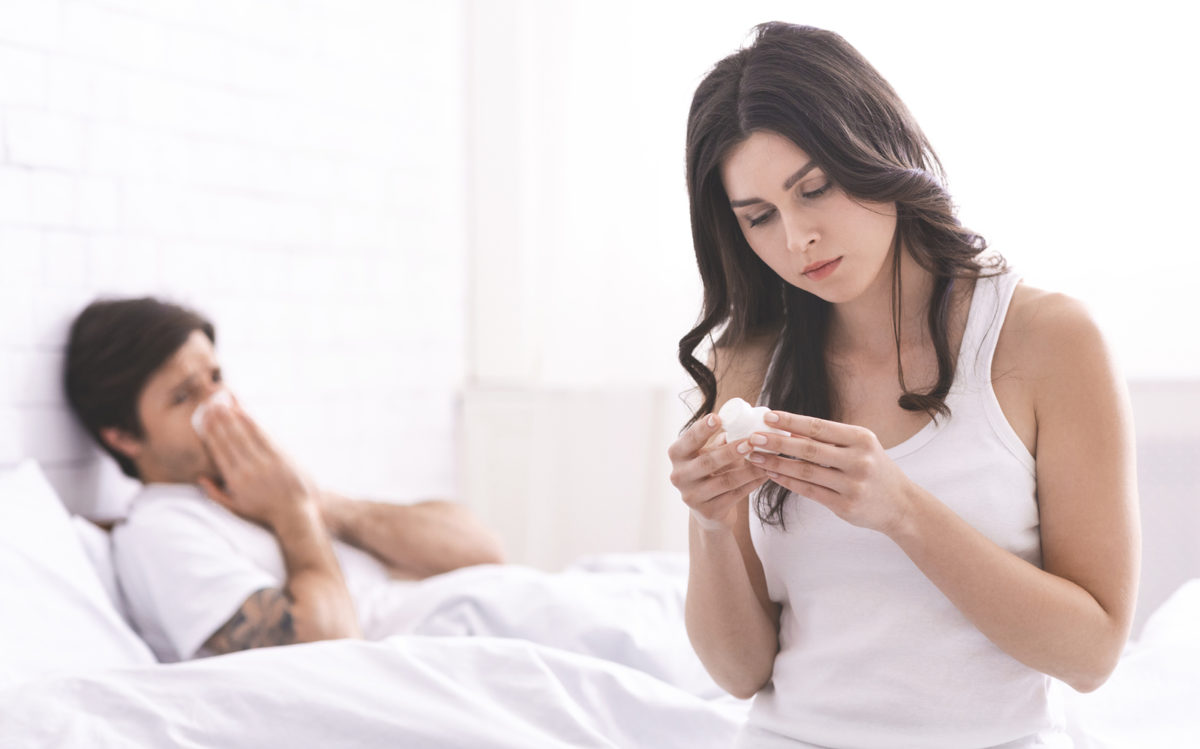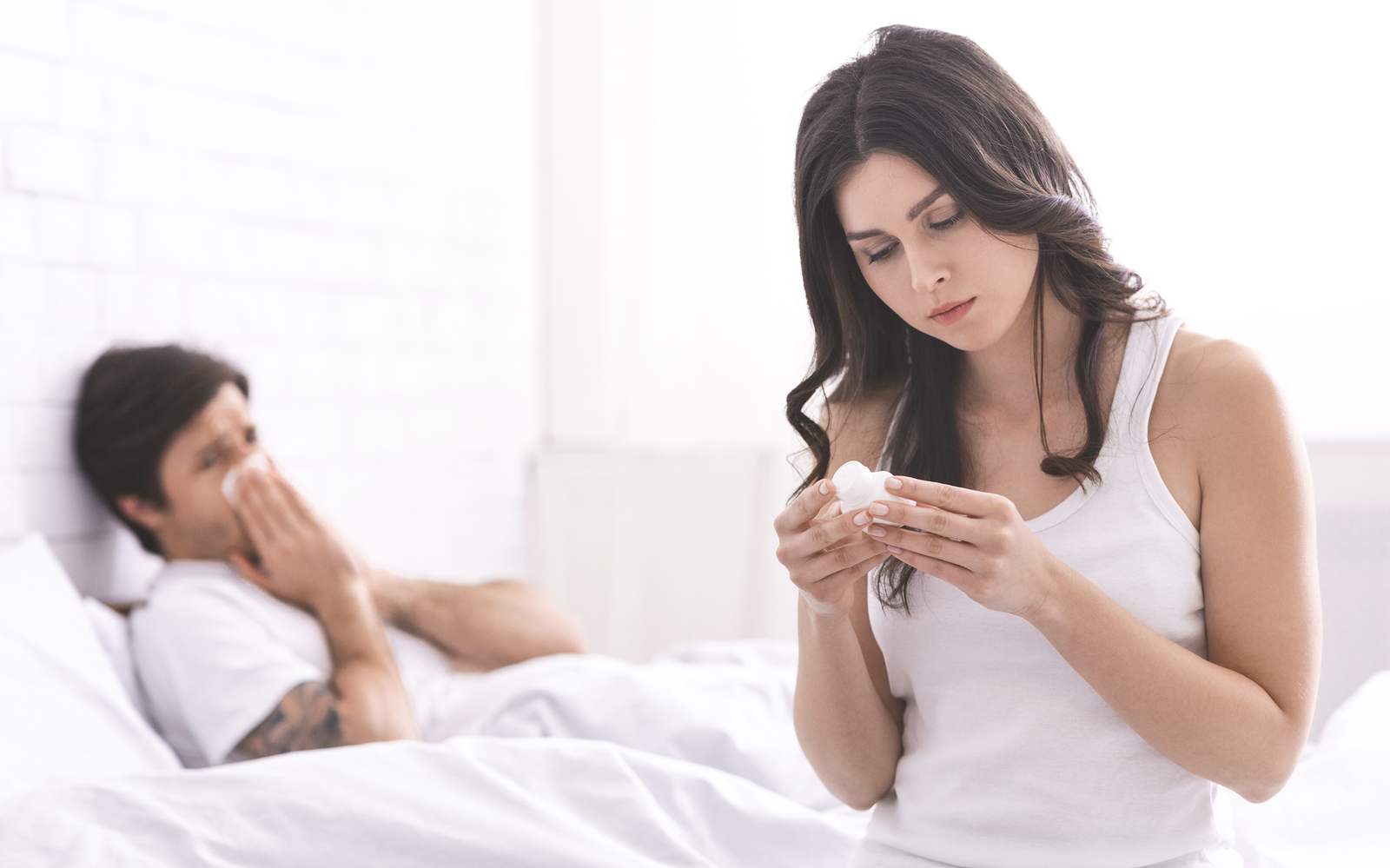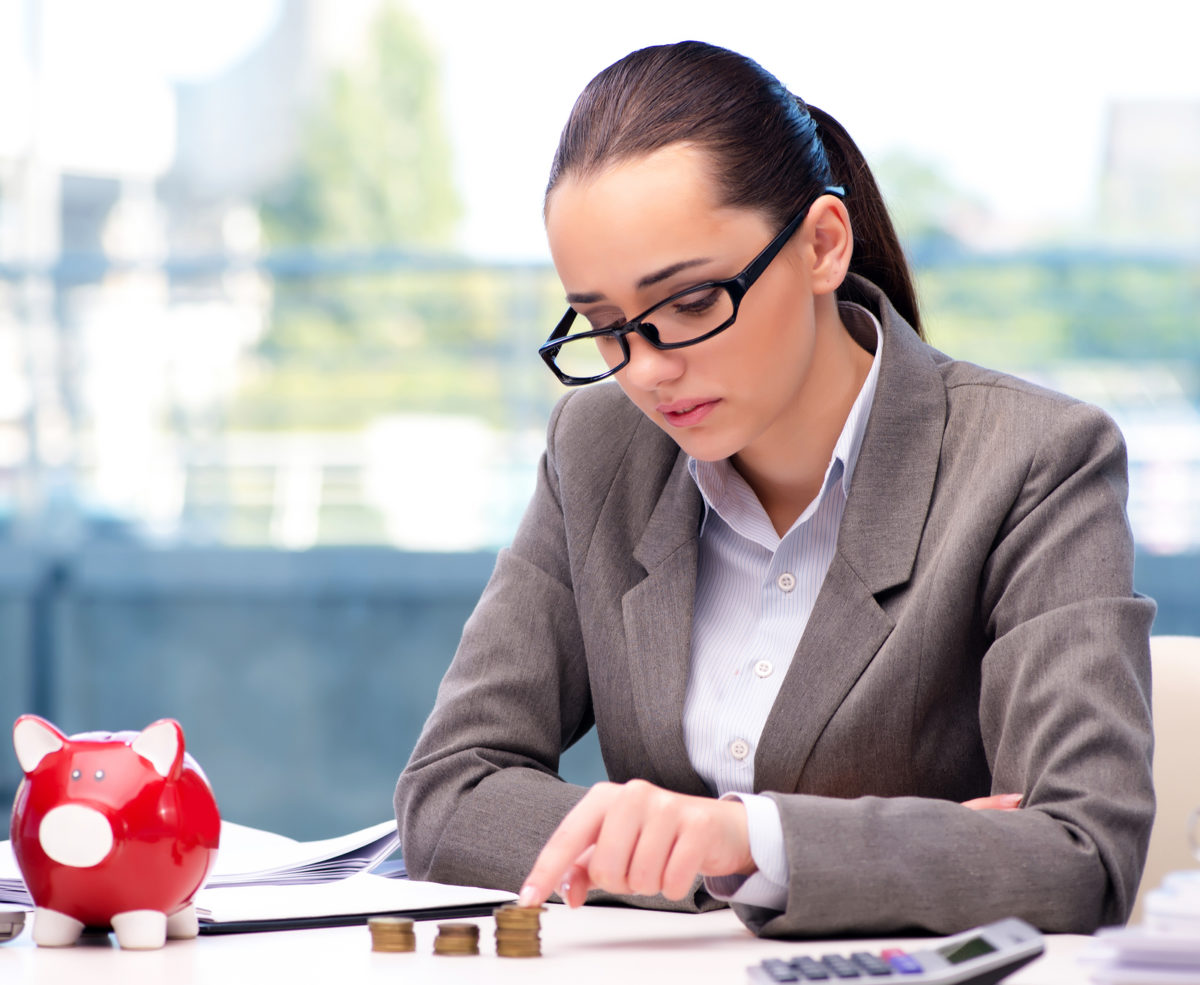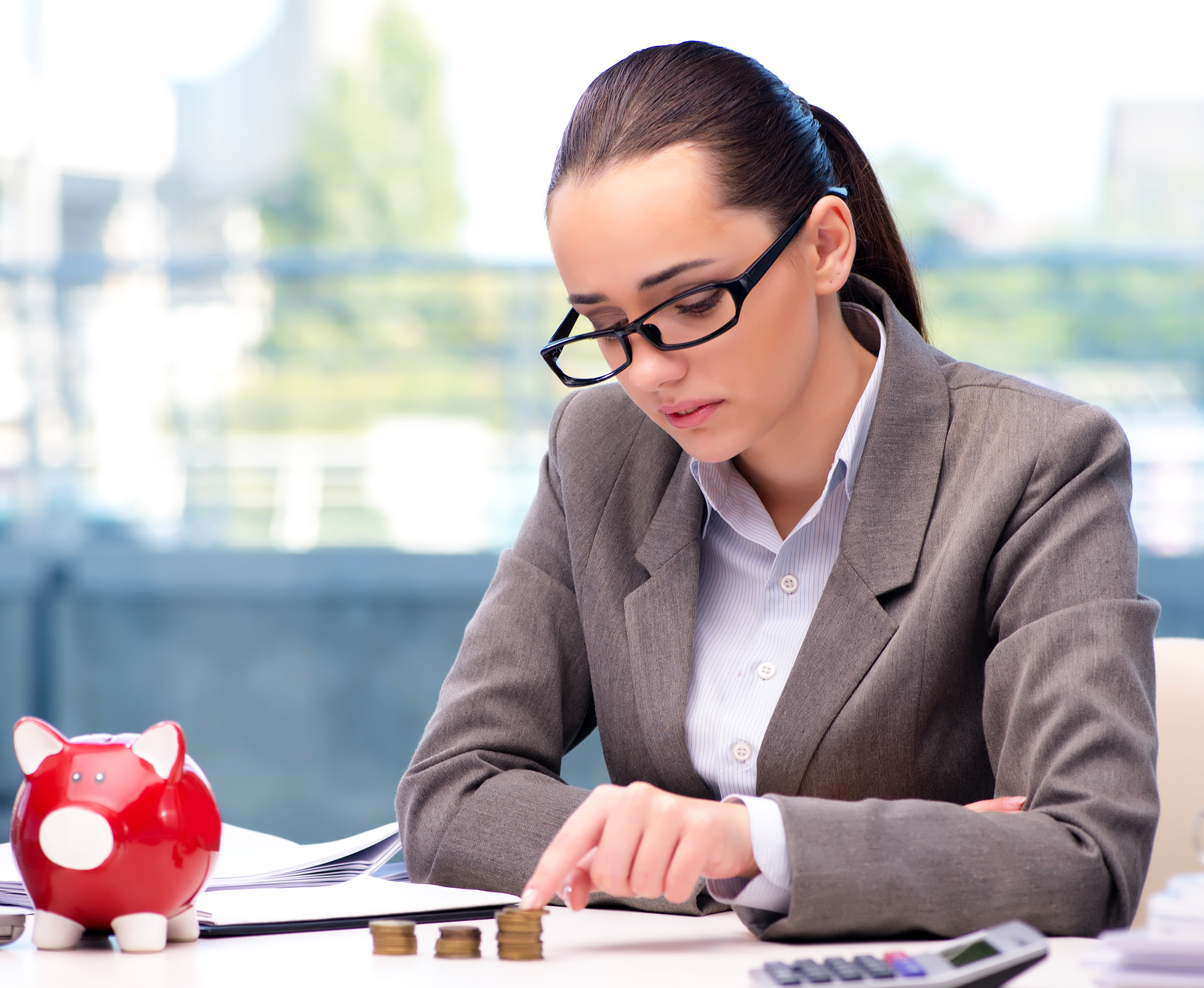Call it what you will — working from home, remote work or telecommuting – it wasn’t that long ago that it was considered a novelty. In the past month or two, however, working from home has gone mainstream, and not by choice.
Gallup has been tracking the remote-work situation since March and as of April 3, they found that 62 percent of “… employed Americans currently say they have worked from home during the crisis.” That number represents a doubling of the number taken in mid-March.
Surprisingly, 60 percent of those surveyed hope to continue working from home after the current restrictions are lifted.
If you are among them, you’ll need to take a look at your current home office and do some tweaking to ensure you remain as productive as you were when you had to show up at your employer’s office.
Find the perfect space
Lucky is the remote worker who has the space to take over a room and convert it to an office. For those not so fortunate, you’ll need to get creative when scouting the home for office space.
Here are the priorities you should consider:
- The space should have good lighting and preferably contain a window or skylight to provide natural lighting as well.
- A location away from the areas of the home where the kids tend to congregate.
- An area that offers the least amount of distractions (no TV in the space, no view of the housework that needs to be done, etc.).
- A spot that is large enough to accommodate a desk and chair, at the very least.
Furnish it
The basics, as mentioned above, are a desk and a chair. Of the two, the chair is the most important.
If you’re thinking of an ergonomic chair (you’ll love it!) check out these tips at Spine-Health.com and get 10 tips to choosing the best office chair at TheSpruce.com.
Furnishing your office doesn’t have to eat up your entire stimulus check. Check out OfferUp.com, Facebook Marketplace, NextDoor.com and Craigslist.org.
Light it up
Now that your bum, spine and shoulders are all set, it’s time to ensure your eyes are as well. This means determining if you need additional lighting and which types are the best. Check out these tips at Remodelista.com, ApartmentTherapy.com and SouthernLiving.com.
Then, learn how to choose the best light bulbs for your new lighting at Lifehacker.com.
Commit to using it
It’s important to make a schedule that you know you can stick to. If you won’t be using a stand-up desk, schedule breaks at least once every hour.
The current recommendation from medical professionals is that we should stand and move around for 15 minutes for every 30 that we spend sitting.
These breaks not only help your body but your mind as well – especially if you use them to take a walk or chat with a friend on the phone.
“To keep your brain in the right mode, avoid doing nonwork tasks during your work time,” recommend Kim Mock and Gabriel Manga at ThinkWithGoogle.com. This means no washing the dishes, throwing in a load of laundry or wiping down kitchen counters.
They also offer up these tips:
- Make a daily to-do list to help you stay focused on what needs to be done. Don’t try to keep it in your head, but make an actual list.
- Hold yourself accountable to keeping the schedule you created.
- If your work is collaborative, consider setting up a video conferencing system.
One of the best tips we’ve seen is to ensure you have snacks in your office. This keeps you from refrigerator raids during your non-break time.
Finally, don’t neglect to personalize your office with all the things you wouldn’t dream of bringing to the “other” office.
Stay healthy!




















